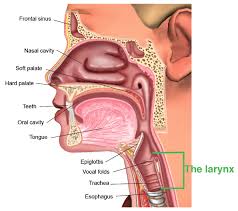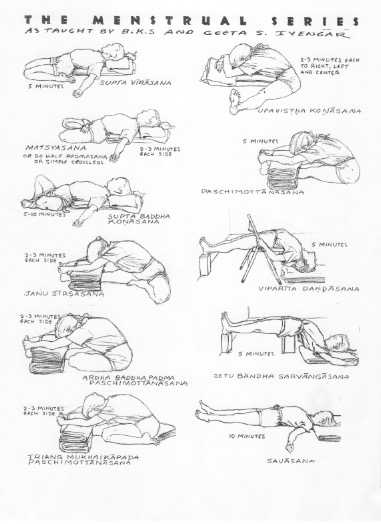The sequence below is well known as the Menstruation Sequence, and it is a big boon to women during their menstruation days. But it is terrific for all practitioners, men and women alike. If you want to add Sirsasana, (head stand), put it in right before or after Dwi Pada Viparita Dandasana If you want to add Sarvangasana, (shoulderstand), put that in just before or after Setu Bandha Sarvangasana.
I found in my notes a transcription of a sitting lesson Geeta Iyengar taught covering how to practice Pratyahara. I’ve recorded that here for you all. You could start and end your practice with quiet sitting listening to her words. At the end of the audio clip hold still and sit for another few minutes to really absorb the effect.
In the lesson Geeta talks a bit about the larynx. She mentions that just thinking words can strain the larynx. I always feel anatomy pictures help me understand what I am trying to practice, so I found one to add here.




I did the back bend sequence yesterday and it was great to have framework to do the work. Thanks
Thanks, Laurie. This practice was very calming and refreshing. I was surprised (and delighted) by how much my body had opened when I arrived at the seated forward bend. I did find my lower back was cranky when I tried to do the inversions at the end. I wasn’t sure what to do about that and had to shorten them quite a bit.
We just finished our practice at home and this sequence was really calming and .silent. We both felt so happy to hear your voice, Laurie! I might repeat it tomorrow morning.
Ludmila & Stevenson
I’ve been experimenting with practicing this audio clip at different places in my practice. Sometime as a transition to another category of poses, sometimes just before or after savasana.